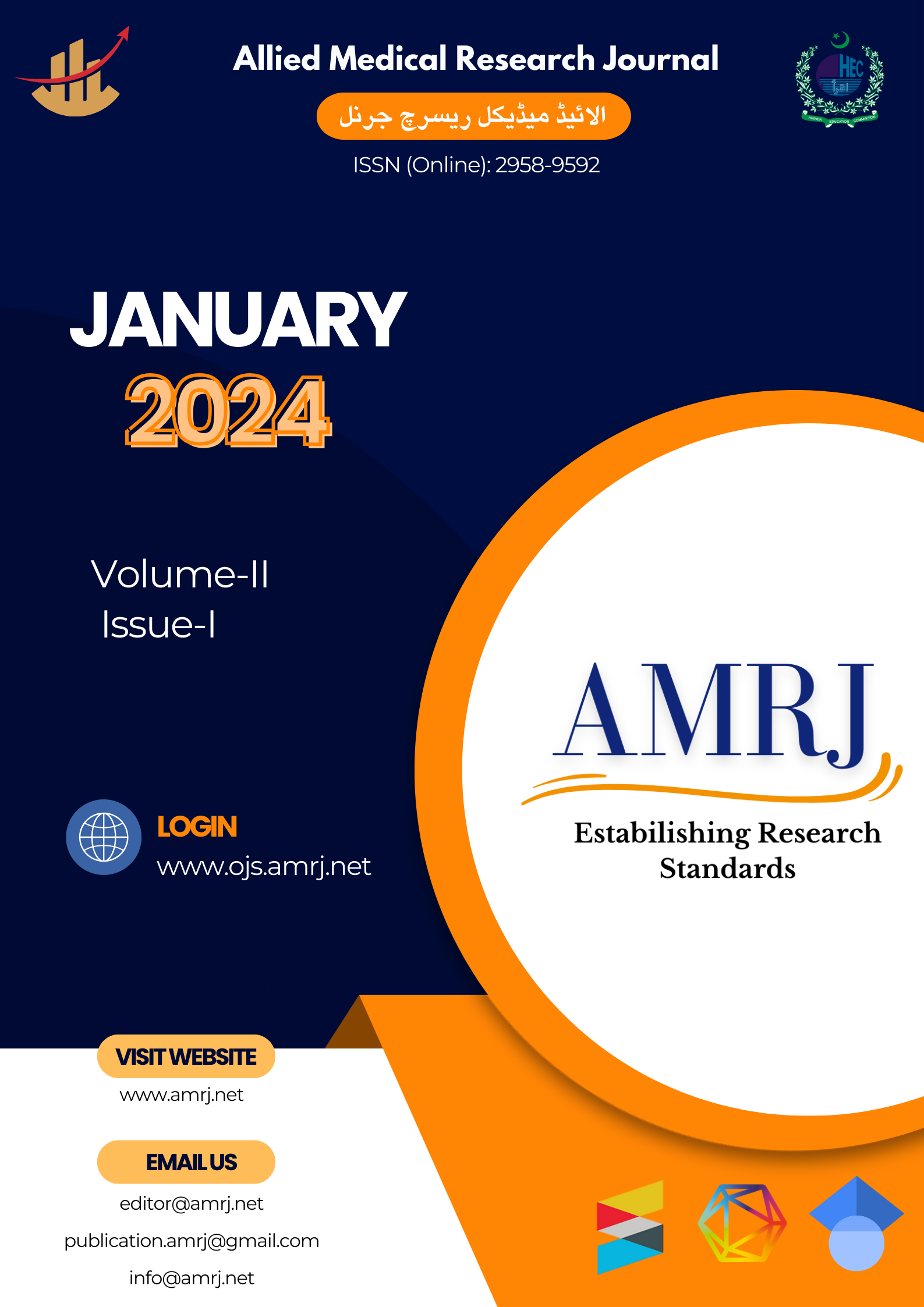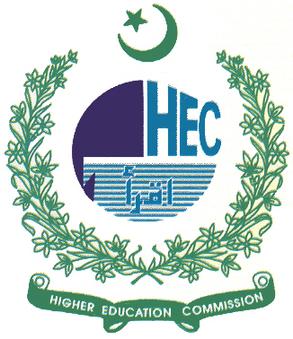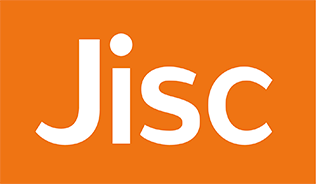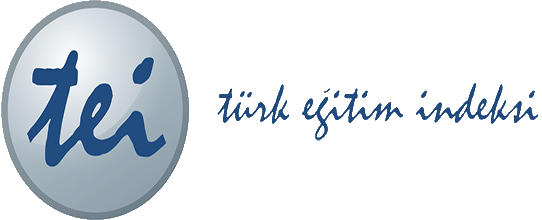Association Between Smartphone Addiction And Headache Among Adults
Keywords:
Headache, Pain, Smart Phones, Young AdultsAbstract
Background: Limited studies that adequately explain the cause-and-effect relationships have linked mobile phone use to various health consequences. Several studies have examined how exposure to mobile phones may affect various symptoms. To find out an association between smartphone addiction and headaches among adults
Materials and Methods: In this cross-sectional survey, data was collected through a non-probability sampling technique from 400 adults of either gender aged between 18 to 35 years from Rawalpindi, Islamabad and Taxila. Data was collected via Smartphone Addiction Scale Short Version (SAS-SV), Headache Disability Index (HDI) and Visual Analogue Scale (VAS). The data were analyzed using the SPSS version 23.
Results: There were 400 participants, n=187(46.8%) male and n= 213(53.3%) female, with mean age (23.20 ± 4.41) years. The descriptive statistics of the study population were Functional HDI (21.10 ± 11.62), Emotional HDI (19.99 ± 12.47), HDI-Sum (41.09 ± 22.90) and SAS-Sum (33.48 ± 11.35). The correlation of smartphone addiction with pain (r =0.258, p=0.000), Functional HDI (r =0.349, p=0.000), Emotional HDI (r =0.364, p=0.000), and HDI-Sum (r =0.375, p=0.000) respectively as mentioned in Table: 1.
Conclusion: Headache due to smartphone addiction affects adults because of unrestricted usage of smartphones.
References
Shahrestanaki E, Maajani K, Safarpour M, Ghahremanlou HH, Tiyuri A, Sahebkar MJATTJoA. The relationship between smartphone addiction and quality of life among students at Tehran University of medical sciences. 2020;7(1):23-32.
Mustafaoglu R, Yasaci Z, Zirek E, Griffiths MD, Ozdincler AR. The relationship between smartphone addiction and musculoskeletal pain prevalence among young population: a cross-sectional study. The Korean journal of pain. 2021;34(1):72-81.
Moattari M, Moattari F, Kaka G, Kouchesfahani HM, Sadraie SH, Naghdi M. Smartphone addiction, sleep quality and mechanism. Int J Cogn Behav. 2017;1(002).
Goswami V, Singh DR. Impact of mobile phone addiction on adolescent’s life: A literature review. International journal of home science. 2016;2(1):69-74.
Zencirci SA, Aygar H, Göktaş S, Önsüz MF, Alaiye M, Metintaş S. Evaluation of smartphone addiction and related factors among university students. International Journal of Research in Medical Sciences. 2018;6(7):2210-6.
Suman M, Devasirvadam SV. The effect of smart phone use on student health status. International journal of health sciences. 2022;6(S3):7348-58.
Demir YP, Sümer MM. Effects of smartphone overuse on headache, sleep and quality of life in migraine patients. Neurosciences Journal. 2019;24(2):115-21.
Liu H, Zhou Z, Zhu E, Huang L, Zhang M. Smartphone addiction and its associated factors among freshmen medical students in China: a cross-sectional study. BMC psychiatry. 2022;22(1):308.
Butt M, Chavarria Y, Ninmol J, Arif A, Tebha SS, Daniyal M, et al. Association of increased pain intensity, daytime sleepiness, poor sleep quality, and quality of life with mobile phone overuse in patients with migraine: A multicenter, cross‐sectional comparative study. Brain and Behavior. 2022;12(10):e2760.
Bener A, Griffiths MD, Baysoy NG, Catan F, Yurtseven E. Internet addiction and the psychometric properties of the nine-item Internet Disorder Scale-Short Form: an application of Rasch analysis. Addiction & Health. 2019;11(4):234.
Elkholy H, Elhabiby M, Ibrahim I. Rates of alexithymia and its association with smartphone addiction among a sample of university students in Egypt. Frontiers in Psychiatry. 2020;11:304.
Zarghami M, Khalilian A, Setareh J, Salehpour G. The impact of using cell phones after light-out on sleep quality, headache, tiredness, and distractibility among students of a university in North of Iran. Iranian journal of psychiatry and behavioral sciences. 2015;9(4).
Cho YM, Lim HJ, Jang H, Kim K, Choi JW, Shin C, et al. A cross-sectional study of the association between mobile phone use and symptoms of ill health. Environmental health and toxicology. 2016;31.
Auvinen A, Feychting M, Ahlbom A, Hillert L, Elliott P, Schüz J, et al. Headache, tinnitus and hearing loss in the international Cohort Study of Mobile Phone Use and Health (COSMOS) in Sweden and Finland. International journal of epidemiology. 2019;48(5):1567-79.
Nieswand V, Richter M, Gossrau G. Epidemiology of headache in children and adolescents—another type of pandemia. Current Pain and Headache Reports. 2020;24:1-10.
Demirci S, Demirci K, Akgonul MJJNP. Headache in smartphone users: a cross-sectional study. 2016;4(1):5.
Abu Bakar N, Tanprawate S, Lambru G, Torkamani M, Jahanshahi M, Matharu M. Quality of life in primary headache disorders: a review. Cephalalgia. 2016;36(1):67-91.
Abreu C, Campos PF, editors. Raising awareness of smartphone overuse among university students: a persuasive systems approach. Informatics; 2022: MDPI.
Alotaibi MS, Fox M, Coman R, Ratan ZA, Hosseinzadeh H. Perspectives and experiences of smartphone overuse among university students in Umm Al-Qura University (UQU), Saudi Arabia: A qualitative analysis. International Journal of Environmental Research and Public Health. 2022;19(7):4397.
Noaman AA. Exploring the Possibility of Headache Exposure among Mobile Phone Users Aged (18-25) Years. Diyala Journal of Medicine. 2018;15(2):80-6.
Lucena JMSd, Cheng LA, Cavalcante TLM, Silva VAd, Farias Júnior JCd. Prevalence of excessive screen time and associated factors in adolescents. Revista Paulista de Pediatria. 2015;33:407-14.
Akulwar-Tajane I, Parmar KK, Naik PH, Shah AV. Rethinking screen time during COVID-19: impact on psychological well-being in physiotherapy students. Int J Clin Exp Med Res. 2020;4(4):201-16.

Downloads
Published
Issue
Section
License
Copyright (c) 2024 Dr. Ummar Gill, Dr. Rimsha Khizar, Dr. Aman Tariq, Dr. Iqra, Dr. Zahid Mehmood

This work is licensed under a Creative Commons Attribution-NonCommercial 4.0 International License.













